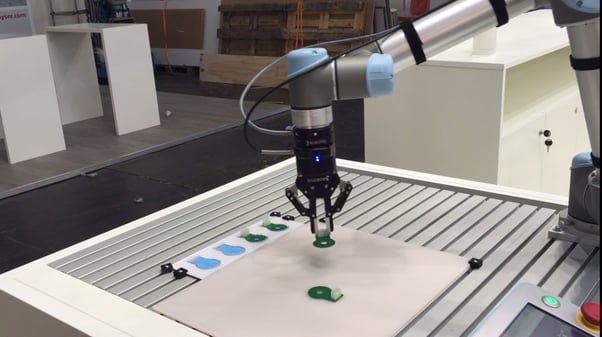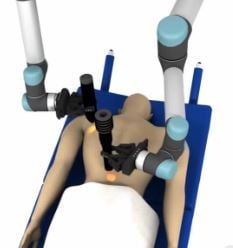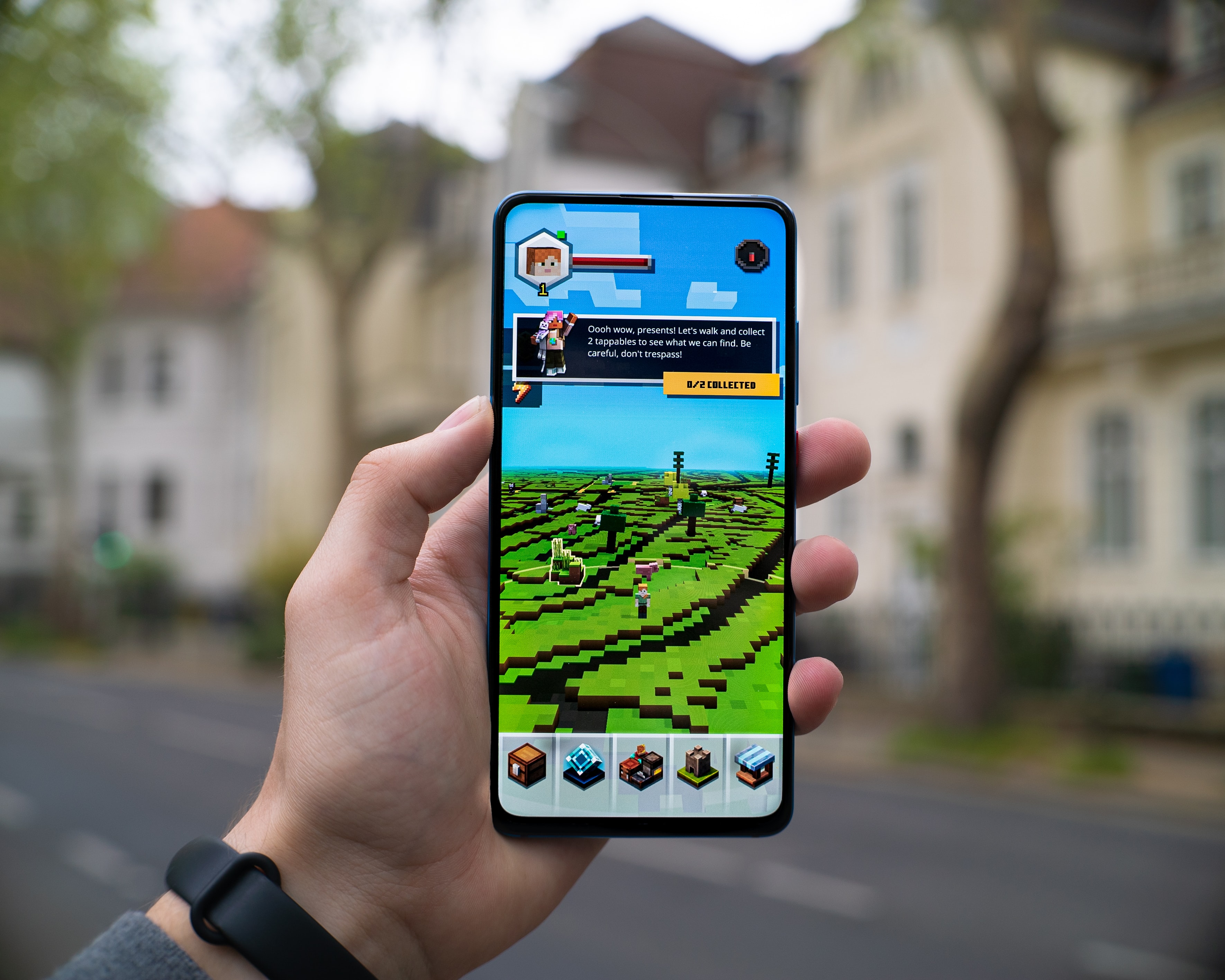5 Applications of Machine Learning

Posted on Jan 09, 2017 in Robot Programming
5 min read time
As we move forward into the digital age, our technology continues to make leaps and strides forward. One of the newest innovations we’ve seen is the creation of Machine Learning. This incredible form of artificial intelligence is already being used in various industries and professions. From marketing, to medicine, and web security, today we’re looking at five applications of machine learning in today’s modern world.
What Is Machine Learning and How Does it Connect to Robotics?

At its core, machine learning is a type of artificial intelligence that gives computers the ability to learn new things without being programmed. In essence, these types of programs can teach themselves and grow when they are given new data to work with.
In a 2015 issue of McKinsey Quarterly, there was an article called An Executive’s Guide to Machine Learning. In this article, they describe Machine learning as such:
“Machine learning is based on algorithms that can learn from data without relying on rules-based programming. It came into its own as a scientific discipline in the late 1990s as steady advances in digitization and cheap computing power enabled data scientists to stop building finished models and instead train computers to do so.”
It seems like a natural connection for machine learning to inform collaborative robotics. After all, collaboration can be enhanced by the ability for the robot in the equation to improve its own skillset based on the human input.
Before we move forward with today’s applications, let’s consider the definition of a robot. While there are numerous debates on the true definition of the term, an article from the Carnegie Mellon CS Department website offers these options:
“Force through intelligence or where AI meets the real world.”
Essentially, a robot does not need a physical form to be considered as such. Keeping this in mind, let’s look at five ways machine intelligence can be merged with collaborative robotics and modern industry.
So, knowing this, let’s take a look at five ways this new technology can improve various aspects of our modern society.
1. Fighting Webspam
It’s no secret that Google hates web spam. It damages the user experience and makes them look bad by showing it as a relevant result. Google’s ongoing war with spam is well-documented, but evidence points to them using machine learning to amp up their efforts.
To fight spam both online and in email, Google is using a neural network they call “deep learning.” Instead of fighting spam through simple blacklists, this type of machine learning uses data from users and from natural-language processing to draw conclusions about the emails it looks at. It’s not perfect, but the process is getting better by the day.
This is useful, not only for web users, but also for legitimate search engine optimization companies like SEOservicesUSA, which are trying to help legitimate websites rank higher using white hat techniques.
Google’s efforts with their deep learning mimics their efforts with robotics in the real world. In this case, the robotics are virtual, but the collaboration of man-made blacklists and the machine learning used by the A.I are coming together to fight web spam and make the internet a safer and more consistently useful place to find legitimate information.
2. Imitation Learning
This type of machine learning is similar to observational learning, which is something humans do as infants. It was posited that this type of learning could be used in humanoid robots as far back as 1999.
Today, this is used in field robotics industries like construction, agriculture, search and rescue, military, and others. In these situations, manually programming robotic solution is much more difficult. Instead, collaborative methods like “programming by demonstration” are used in conjunction with machine learning to teach programming in the field.
An example is this video published by Arizona state, which shows a humanoid robot learning to grasp different objects.
3. Assistive and Medical Tech
 Assistive robots, according to David L. Jaffe of Stanford, are devices that can sense, process sensory information, and perform actions for people with disabilities and seniors, along with drivers through the proper tools.
Assistive robots, according to David L. Jaffe of Stanford, are devices that can sense, process sensory information, and perform actions for people with disabilities and seniors, along with drivers through the proper tools.
Through this type of machine learning, and real-world collaborations, the Smart Tissue Autonomous Robot (STAR) was created. By using machine learning and 3D sensing, this device has been able to stitch together pig intestines (used for testing) better than any surgeon. While STAR isn’t meant to replace surgeons, it does offer a collaborative solution for delicate steps in various medical procedures.
Machine learning even has medical applications in the form of predictive measures. Much in the same way that a colleague can look at a doctor’s patient notes and spot things they may have missed, so too can an A.I look for patterns that point to possible heart failure.
In this way, doctors can collaborate with the virtual robot A.I to better diagnose this fatal heart condition before it strikes. The extra pair of eyes can save lives, and studies thus far have shown promise for the future application of this technology.
4. Automatic Translation
While a simple concept, machine learning can also be used to instantly translate text into another language. Not only this, but it can do the same thing with text on images! In the case of text, the algorithm can learn about how words fit together and translate more accurately.
In the case of images, the neural network identifies letters in the image, pulls them into text, and then does the translation before putting them back into the picture.
5. Playing Video Games Automatically

This final application isn’t quite as groundbreaking as medical or robotic applications of machine learning, but it’s cool nonetheless. By analyzing the pixels on a screen, machine learning can be used to teach a neural network how to play video games.
One of the first attempts to do this that was successful was the application of Google’s DeepMind. Ultimately, Google’s AlphaGo beat the world master as a game called Go.
Final Thoughts
Machine learning is an incredible breakthrough in the field of artificial intelligence. While it does have some frightening implications when you think about it, these applications are just several of the numerous ways this technology can improve our lives.
What do you think of machine learning? Where would you like to see it implemented? Let us know in the comments!






Leave a comment